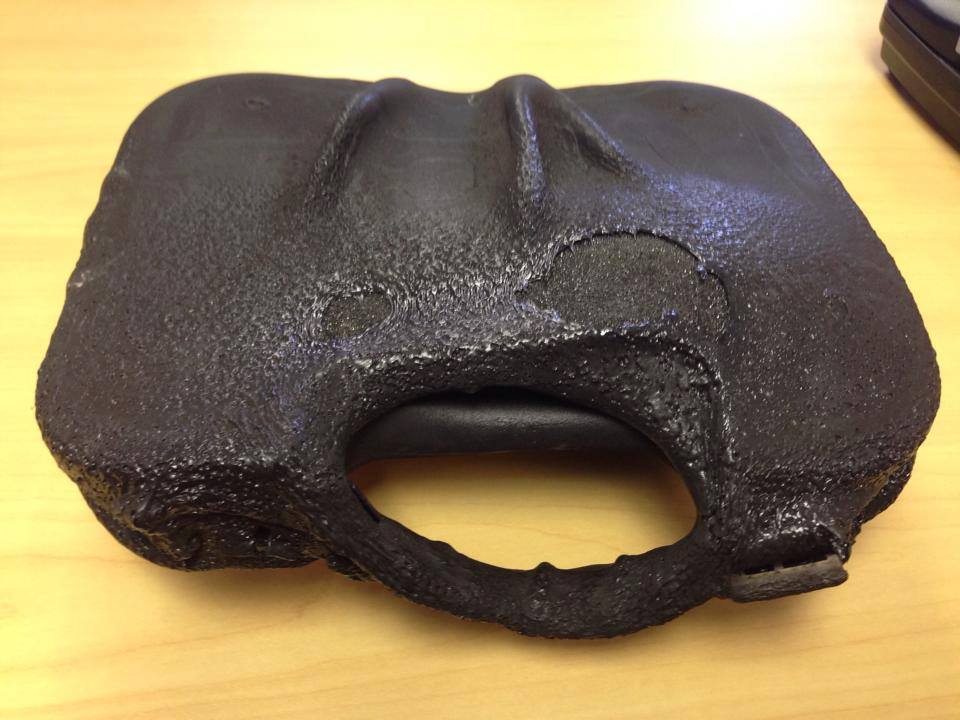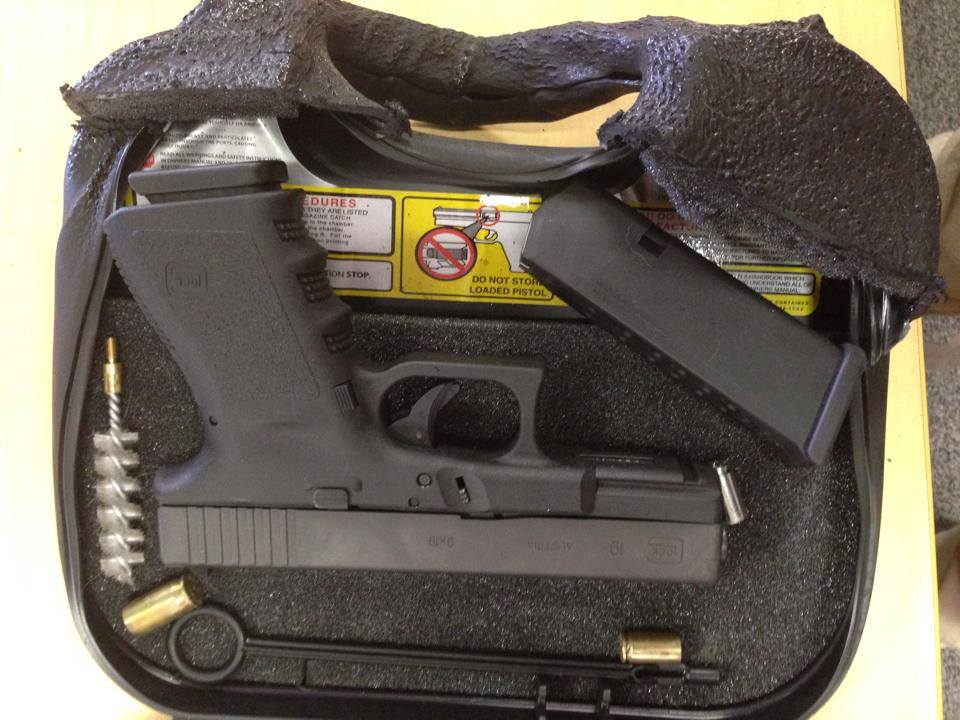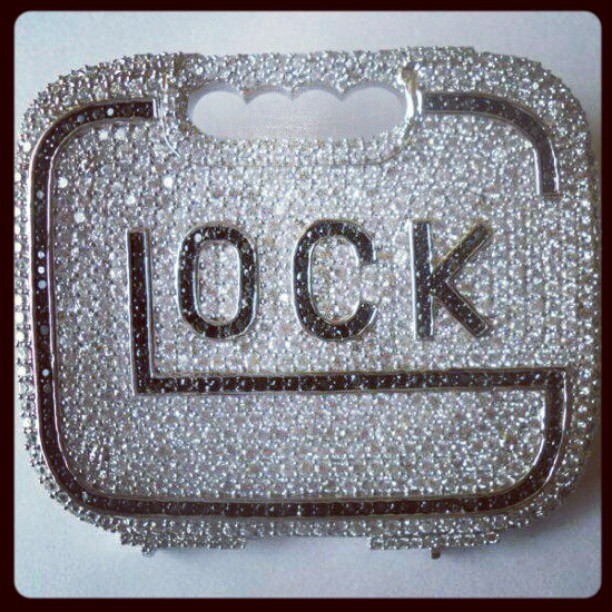Glock threw these G19 pics up on their Facebook page:
Source – Glock Facebook
SWEET, that case really came through. Maybe it’s melting temperature is just really low though? I don’t know. Now you know you’ll be able to operate in house fire operations with it.
Thoughts?






Comments
5 responses to “What Caliber For House Fires? Glock Edition”
Does that kinda heat affect the plastic at all? Any engineers here? Cool pictures.
I don’t think that the gun is in any danger of exploding. The first thing you need to take into account is heat transfer and plastic is a poor thermal conductor. The outside of the case is all melted to hell, but the foam rubber padding on the inside looks ok. So does the yellow safety sticker, cleaning rod, and nylon bristle brush. The outside of the case might have been subjected to a short period of intense heat that burned the case but didn’t transfer enough heat to the inside of the case to do much damage. Like broiling a steak, that burns on the outside but is raw on the inside.
I know Glock frames are proprietary, but are some species of nylon. High stiffness nylon melts around 500F. Gun barrel steel is usually 4140. The annealing temp for that is 1575F, the tempering temp is 950F. I’d think that if the frame and surrounding foam were ok, the barrel and slide would be as well. Double that if the springs are still good. Spring steel will lose its springiness easily with the application of too much heat.
If you wanted to be sure, take the gun to a metallurgist and have the chamber and slide hardness tested. If the steel is softer than spec, its been damaged. As is, Glock might test it for the owner ( I don’t know). To be on the safe side, it might be worth buying a new barrel.
The only Glocknades I’ve ever seen have been from dipshit reloads.
Early in my kydex bending career, I made a holster for a Glock 19 and forgot to put a magazine in the handle when it went into to press with the kydex. The kydex was approx. 310 degrees when it came out of the oven and my press is two plates of steel with kydex forming neoprene foam on the inside toward the gun/kydex during molding. I use two C clamps to crush the plates together in the mold. After 20 minutes of cool down, the grips was bent out of shape in the center enough to where I couldn’t feed a magazine into it anymore. Luckily, I was able to undue the “damage” by basically doing the opposite of what I did to damage it…and the G19 was mine so it would’ve been my loss anyway. I can imagine that if the 310 degree kydex, that instantly begins cooling down after heating, was enough radiant heat to affect the grip in this way, heat from even a mild fire could be devastating. The factors involved in my case are different from a fire of course but I was surprised at how little it took to affect it.
It’s pretty apparent that the case and weapon were not directly involved in the fire. The damage seen is consistent with exposure to radiant heat from a fire some distance away. The labeling shows minor deformation from exposure to heat, but there’s no charring or significant curling of the edges of the label. As Jake pointed out, plastic doesn’t conduct heat very well, and the foam rubber padding surrounding the gun would be a very efficient insulator. I don’t think the gun saw anything much above room temperature.